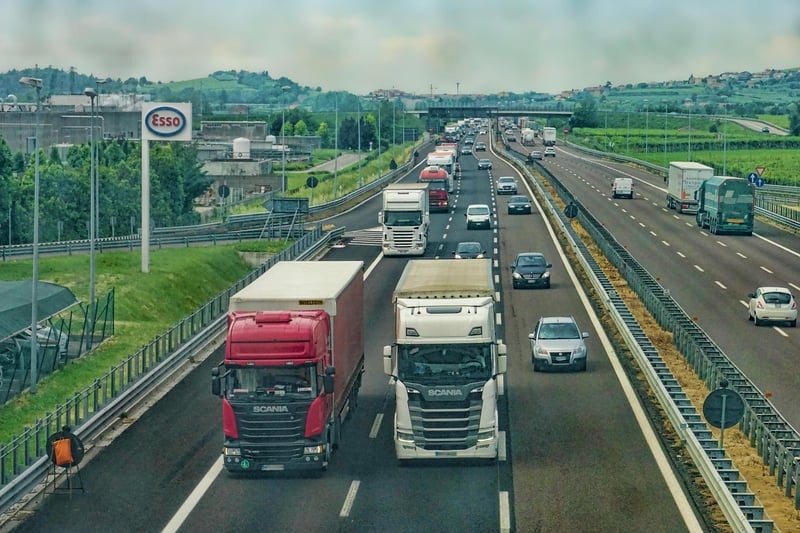Automated Transport
The Future of Transportation: Cutting-Edge Vehicles with Advanced Technology
In today's rapidly evolving world, the transportation industry is at the forefront of innovation, with cutting-edge vehicles incorporating advanced technology shaping the way we move from place to place. One of the most promising advancements in this field is the development of automated transport systems that are set to revolutionize the way we commute and transport goods.
Automated Transport: A Glimpse into the Future
Automated transport, also known as autonomous vehicles, refers to vehicles that can operate without direct human input. These vehicles use a combination of sensors, cameras, artificial intelligence, and machine learning algorithms to navigate roads, detect obstacles, and make driving decisions.
Companies like Tesla, Google's Waymo, and Uber are at the forefront of developing autonomous vehicles that promise increased safety, efficiency, and convenience. These vehicles have the potential to reduce accidents caused by human error, optimize traffic flow, and provide mobility solutions for individuals who are unable to drive.
Key Technologies Driving Automated Transport
Several key technologies are driving the advancements in automated transport:
- Lidar Sensors: These sensors use laser light to create high-resolution 3D maps of the vehicle's surroundings, allowing it to detect objects and navigate safely.
- Artificial Intelligence: AI algorithms analyze sensor data in real-time to make driving decisions such as accelerating, braking, and changing lanes.
- Connectivity: Vehicles can communicate with each other and with infrastructure to optimize traffic flow and enhance safety.
The Benefits of Automated Transport
The adoption of automated transport systems offers a wide range of benefits:
- Enhanced Safety: Autonomous vehicles have the potential to significantly reduce accidents caused by human error.
- Increased Efficiency: Automated transport can optimize traffic flow, reduce congestion, and minimize travel times.
- Improved Accessibility: Self-driving vehicles can provide mobility solutions for the elderly, disabled, and individuals without access to private transportation.
Embracing the Future
As automated transport continues to evolve, it is essential for policymakers, urban planners, and the public to embrace this transformative technology. By working together to address regulatory frameworks, infrastructure needs, and societal acceptance, we can create a future where automated transport plays a central role in shaping a more efficient, safe, and sustainable transportation system.
Are you ready to experience the future of transportation?

Image source: Pixabay
